Stepping through the rusted iron door, visitors are transported back half a century, experiencing the cramped, musty, and oppressive atmosphere that once served as a refuge during wartime. This stark, narrow space contrasts sharply with the luxurious grounds of the Sofitel Legend Metropole Hanoi above.
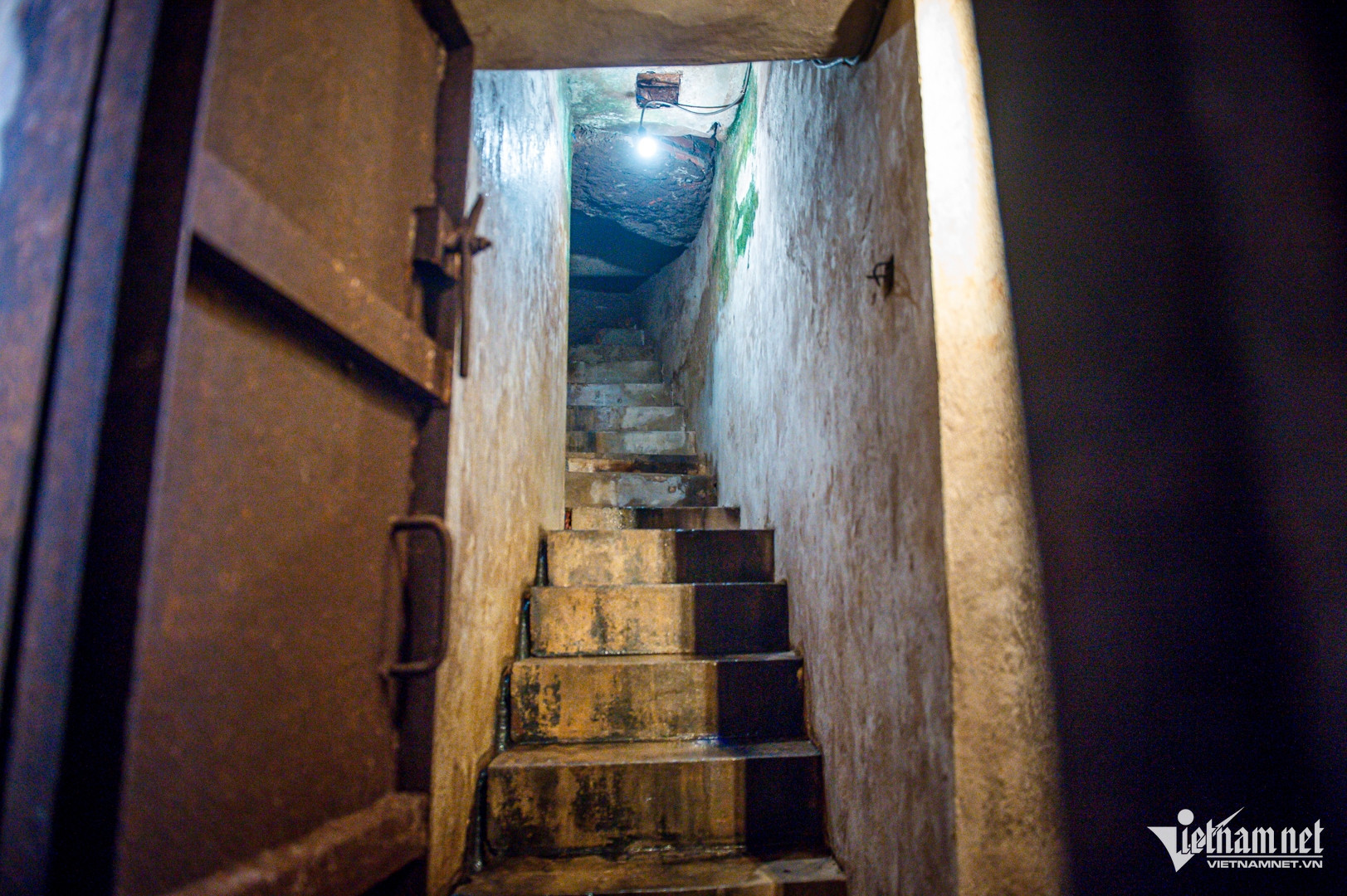
Thanh Huyen, a hotel employee, has been the storyteller for this historic site for many years, guiding visitors on their journey into the past.
Before descending into the shelter, Huyen instructs guests to wear pith helmets, move slowly, and mind their heads due to the low ceiling. Many European visitors must stoop or walk bent over to navigate the space.
According to Huyen, although the hotel was built in 1901, no one knows precisely when the shelter was constructed. After 1975, the shelter was sealed off and forgotten until 2011, when construction workers renovating the hotel’s bar accidentally discovered it.
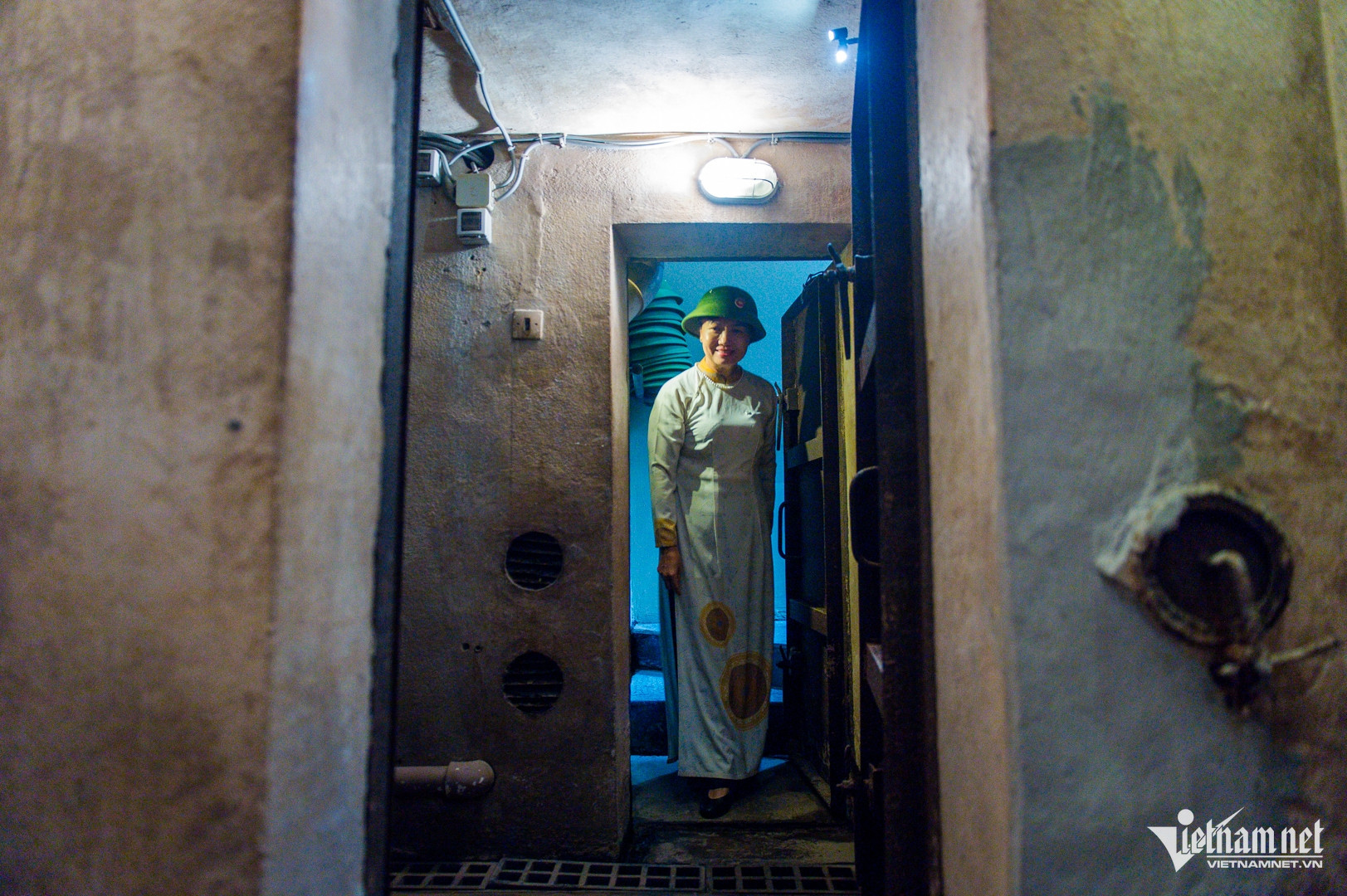
Recognizing its historical significance, then-General Manager Kai Speth ordered its preservation and transformation into a "museum." The hotel reached out to former employees and guests to collect historical documents and memories about this "mysterious" shelter.
The shelter has been preserved almost exactly as it was found, with six iron doors, two wooden doors, ventilation covers, air pipes, an electric panel, and light bulbs all intact.
In 2012, the hotel launched daily historical tours at 5 PM and 6 PM exclusively for in-house guests. Each tour is limited to ten people to protect and preserve the shelter.
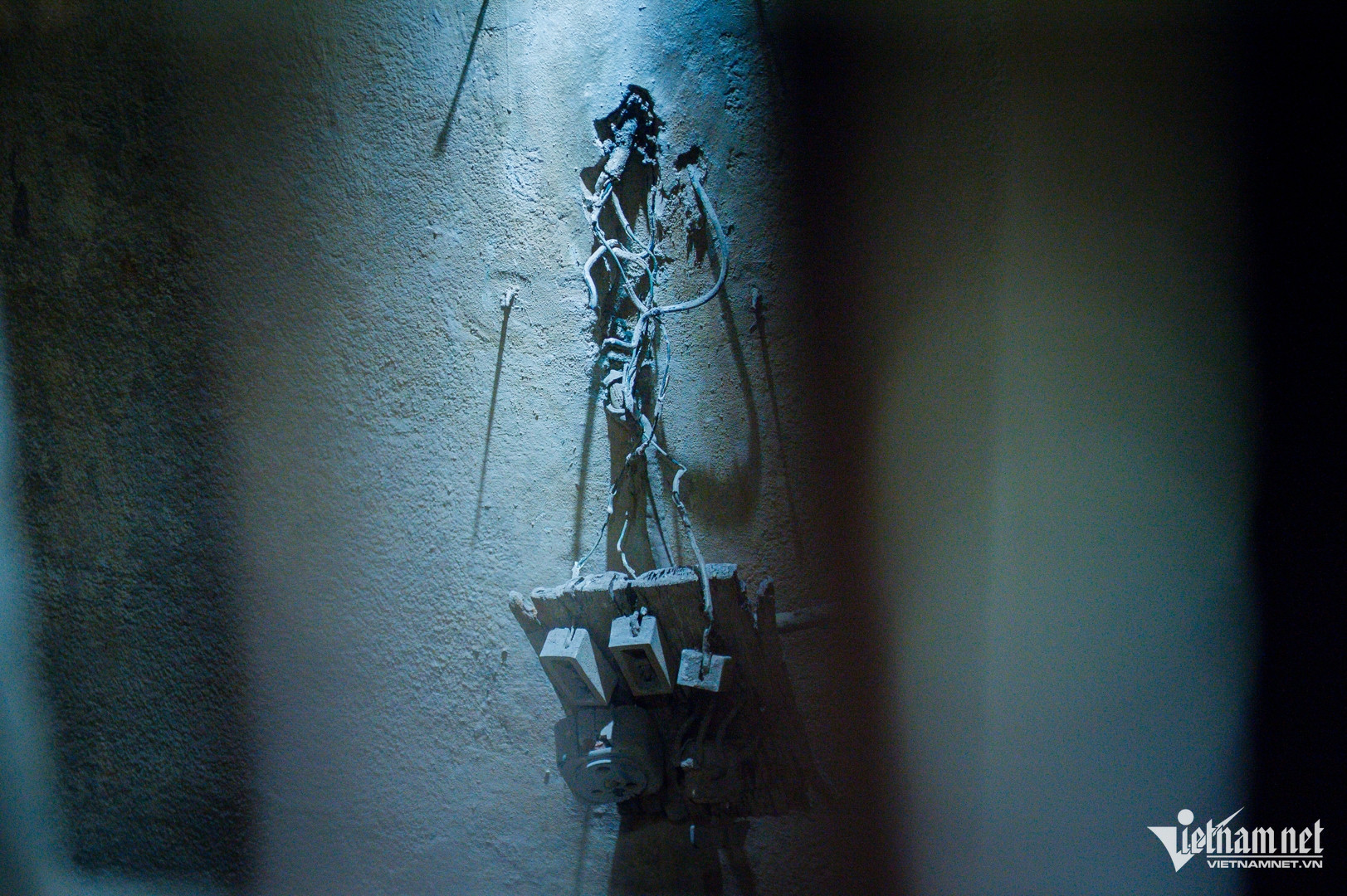
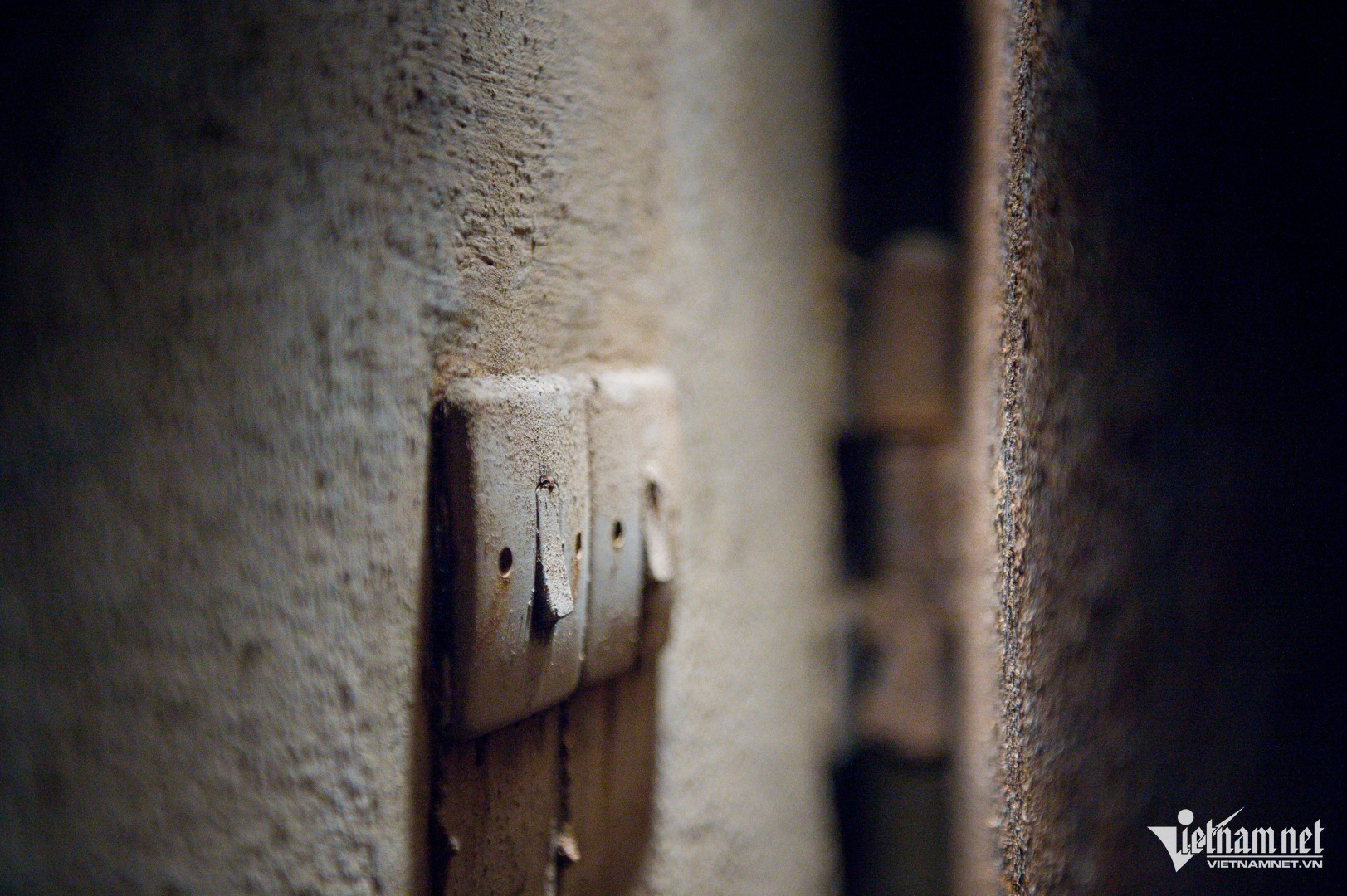
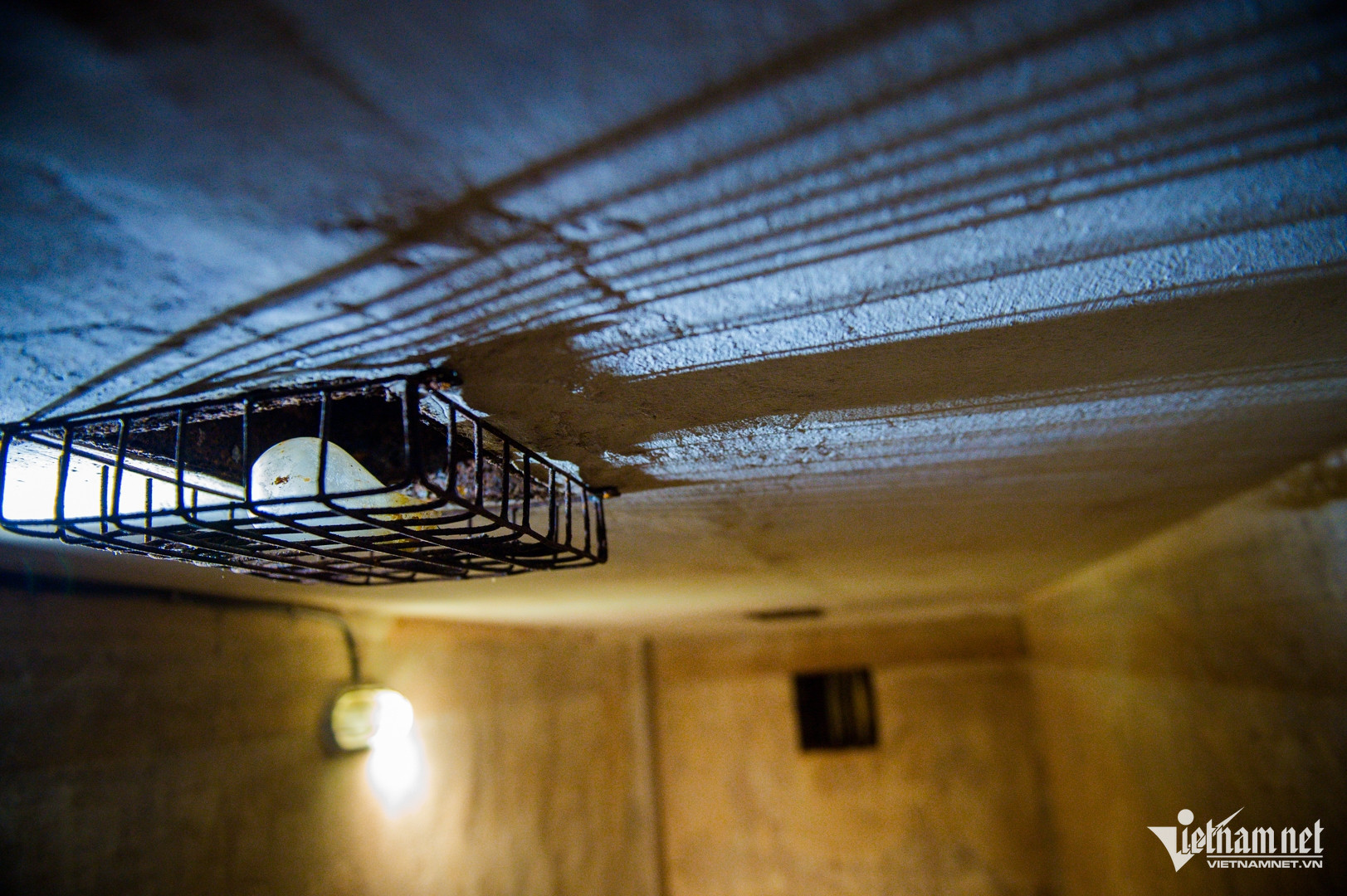
Despite discovery years ago, the shelter remains a hidden gem. Photo: The Son
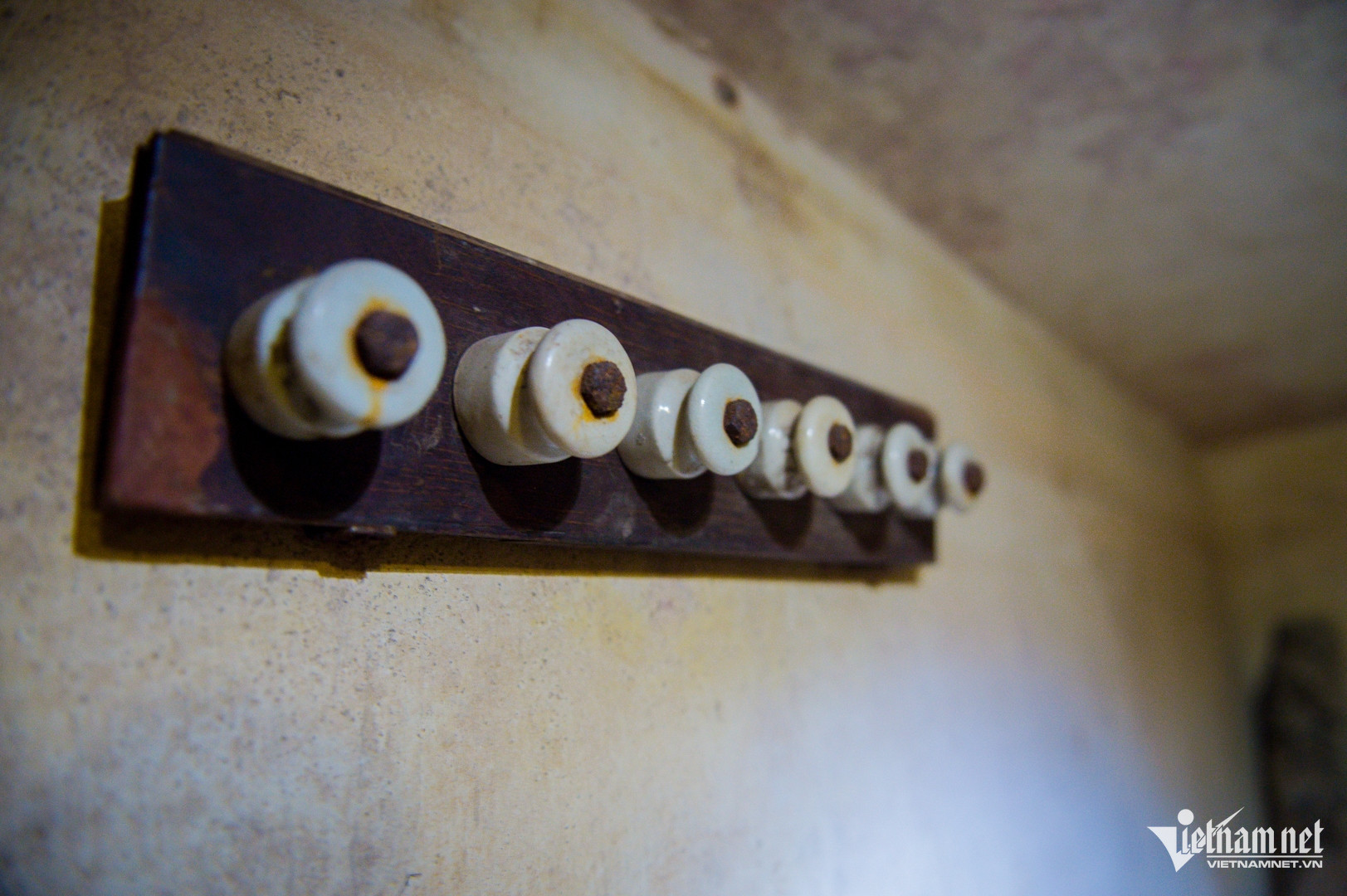
"Although it was discovered years ago, the bomb shelter remains a hidden gem. We limit the number of visitors to ensure its preservation," Huyen explained.
The bomb shelter contains four different rooms and can accommodate around 50 people. Situated deep underground, it was built to withstand heavy bombing.
Historical documents gathered by the hotel reveal that from 1960 to 1973, the shelter served as a refuge for many famous international visitors to Vietnam, including actress Jane Fonda, anti-war activist Tom Hayden, and singer Joan Baez.
Some of these figures have since returned to the hotel, revisiting the shelter and sharing their memories.
In 1965, the United States launched its air war against North Vietnam. By early 1968, attacks intensified, targeting all industrial facilities and heavily bombarding Hanoi and Hai Phong.
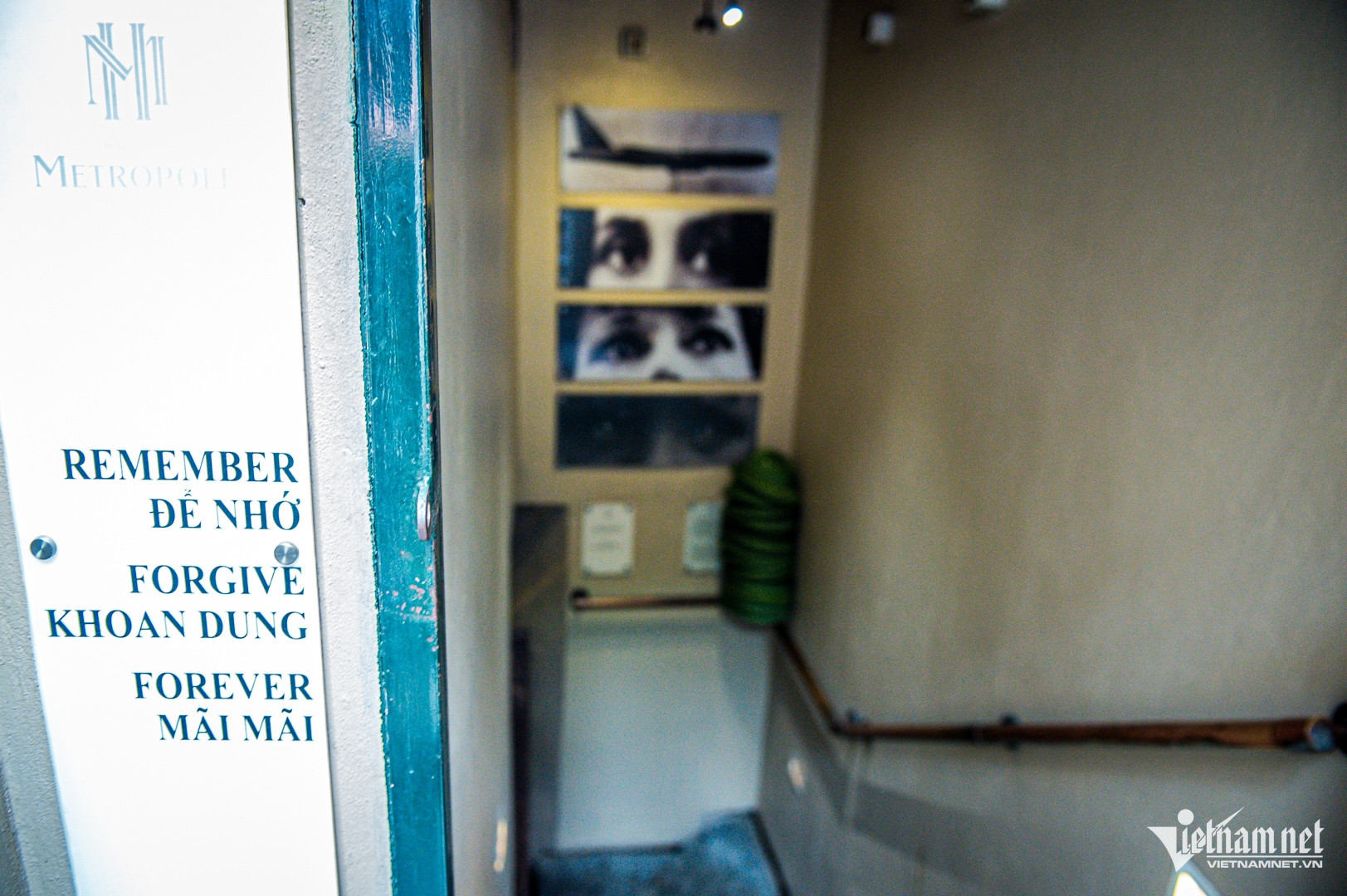
The bomb shelter could accommodate around 50 people. Photo: The Son
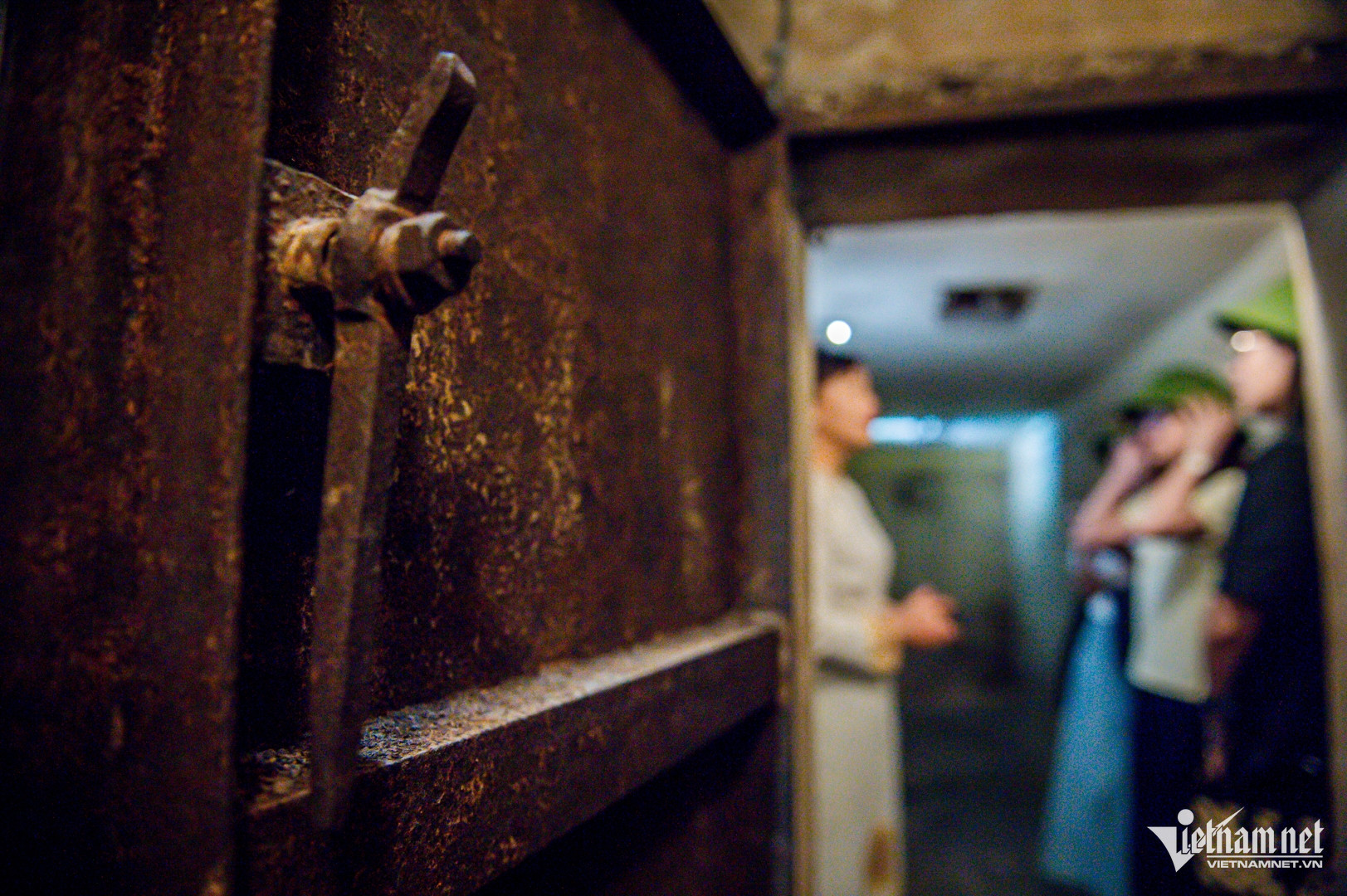
Inside the shelter, visitors listen to the haunting sounds of war. Photo: The Son
"During those difficult years, Hanoi’s residents would never forget the sound of the air raid alarms: 'Attention fellow citizens! Enemy aircraft are X kilometers west of Hanoi. Please calmly proceed to shelters. Attention fellow citizens, attention.'
When the alarms sounded, hotel staff swiftly guided guests into the bomb shelter. On some days, they had to take shelter multiple times, sometimes even spending the night underground. Despite its solid construction, the shelter would tremble under major bombings," Huyen recounted to visitors.
In the last room of the shelter (near the swimming pool entrance), Huyen plays a recording.
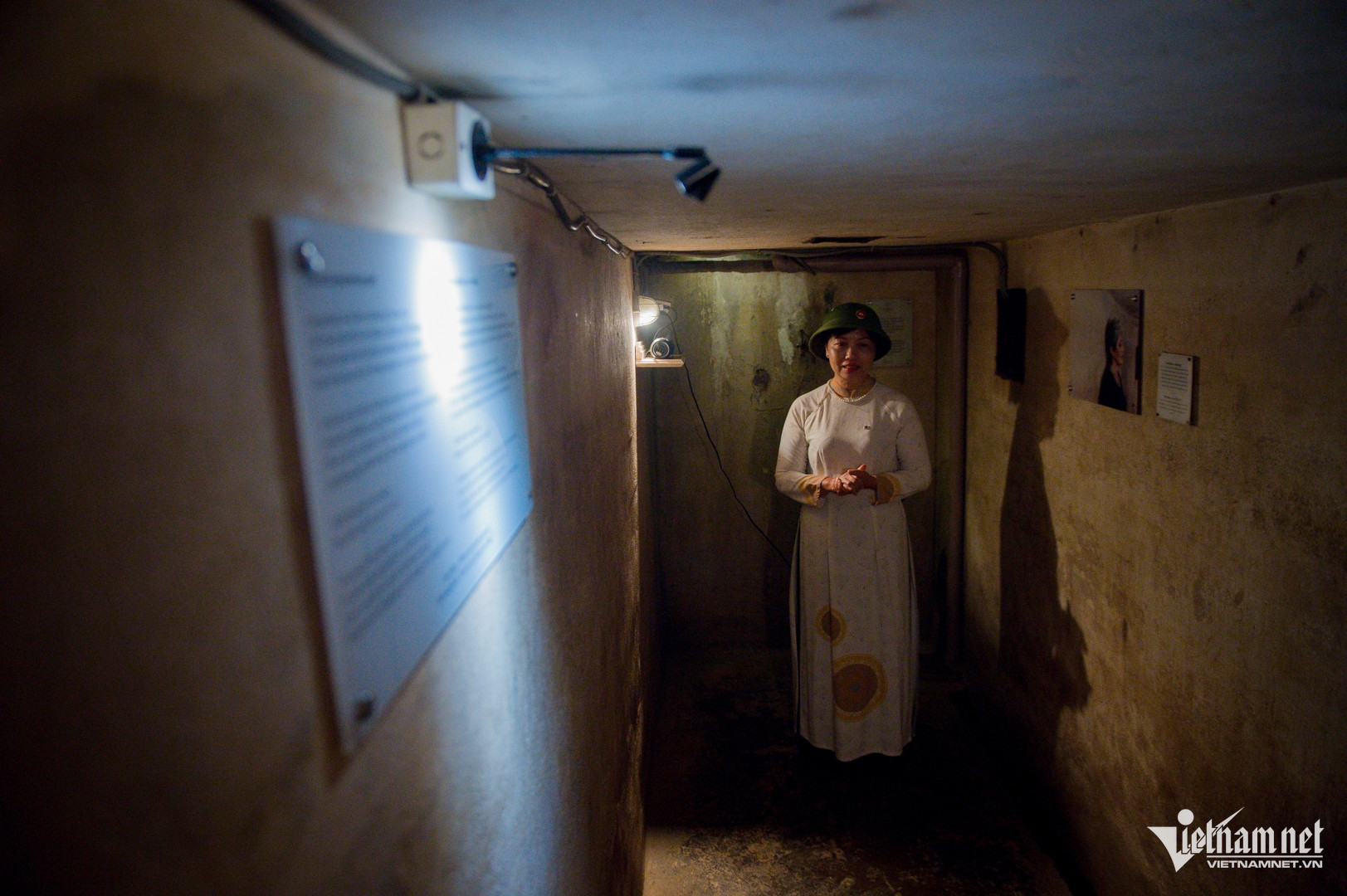
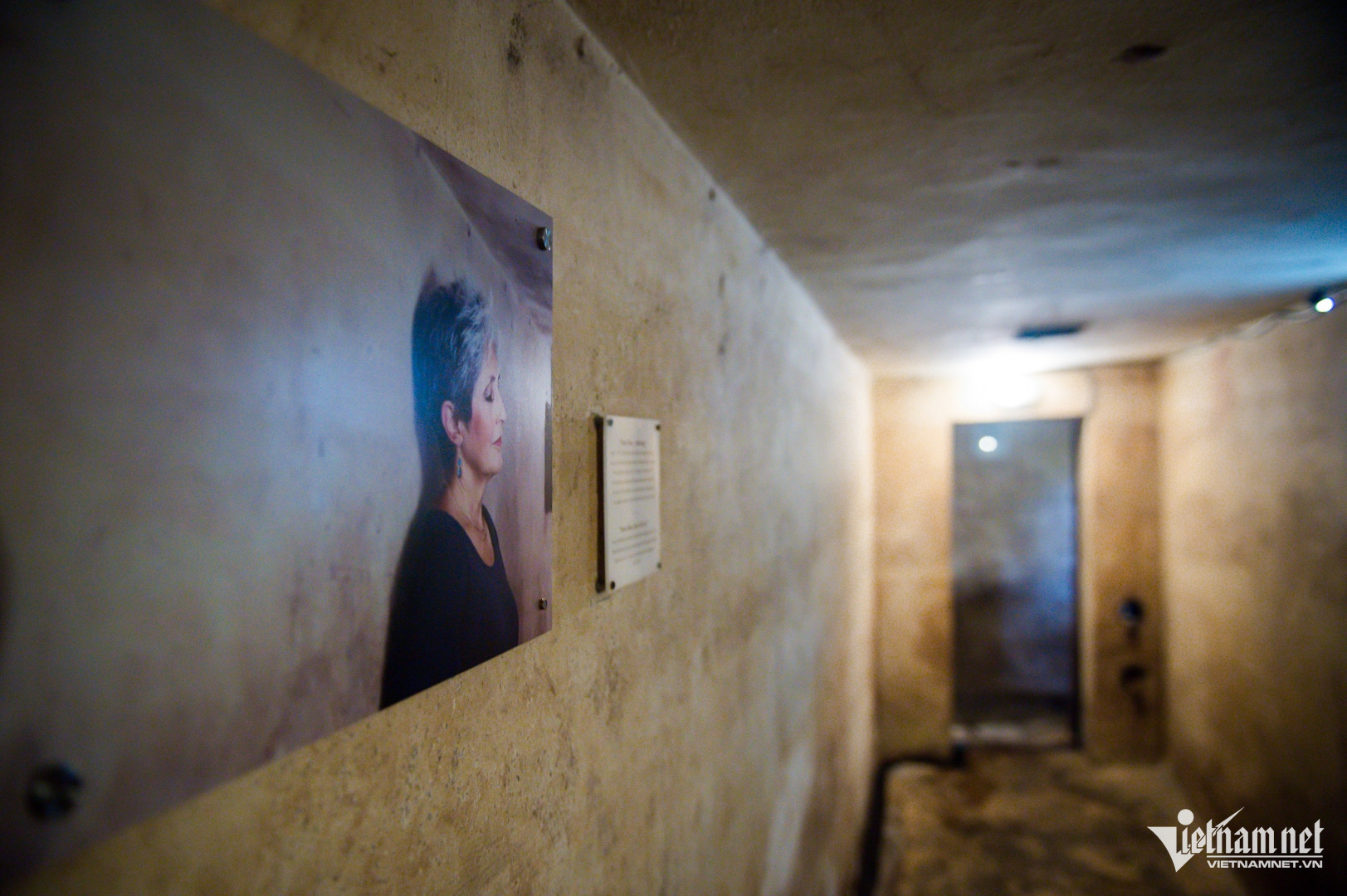
Joan Baez visited the shelter in 2013 and sang Oh Freedom. Photo: The Son
The piercing sound of an air raid siren, the deafening thuds of bombs, and a mother’s cries calling for her child fill the small space. Joan Baez’s haunting ballad Where Are You Now, My Son? echoes through the room.
"When the song plays, many guests are moved to tears. Some even hug me in emotional solidarity. They feel the deep loss brought by war but also admire the resilience of Hanoi’s people and the Vietnamese spirit," Huyen shared.
A portrait of Joan Baez from her 2013 return visit hangs inside the final room of the shelter. Joan Baez, not only a celebrated singer-songwriter but also a passionate peace activist, stayed at the Metropole during the Christmas Bombing campaign in 1972.
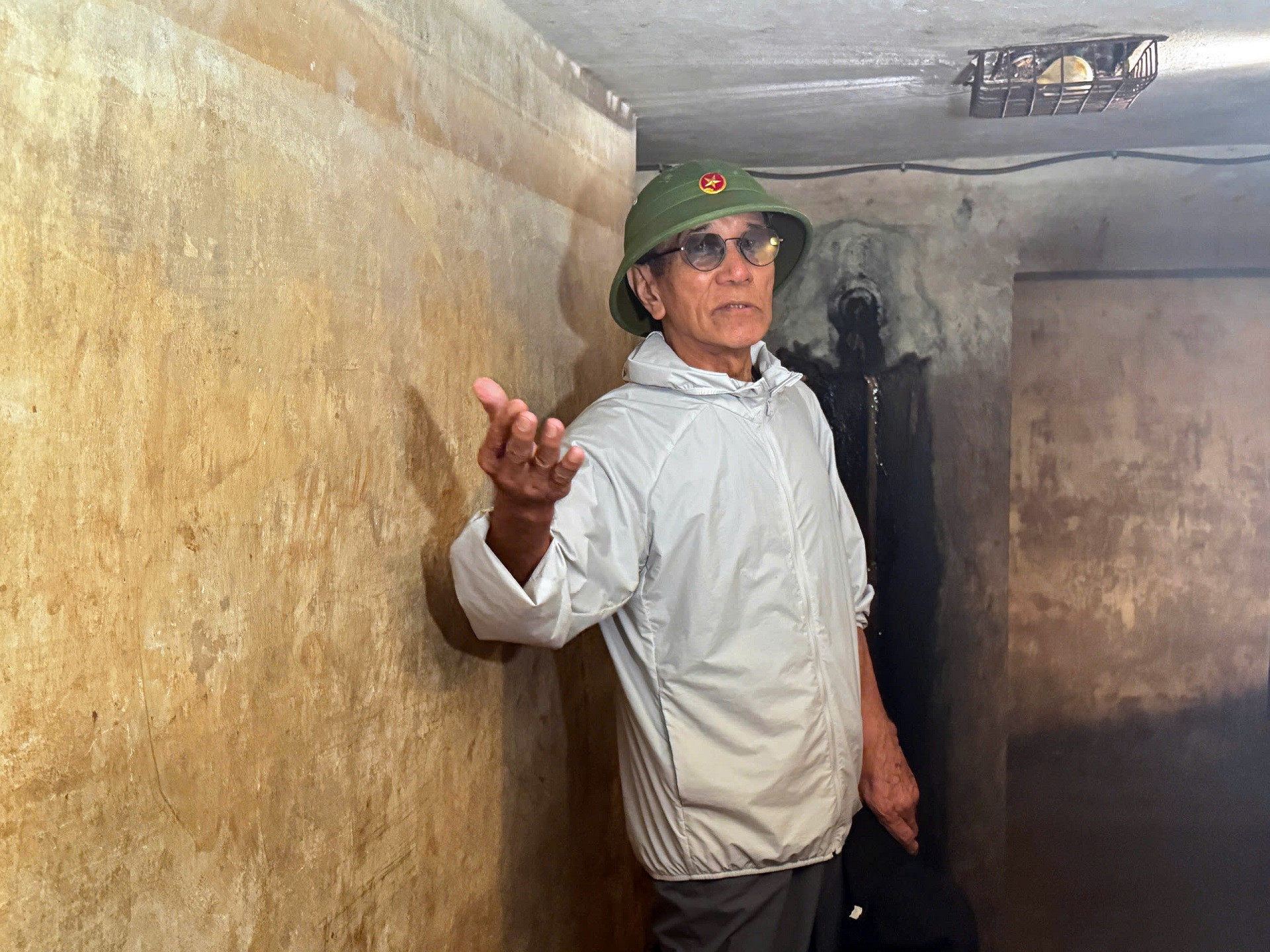
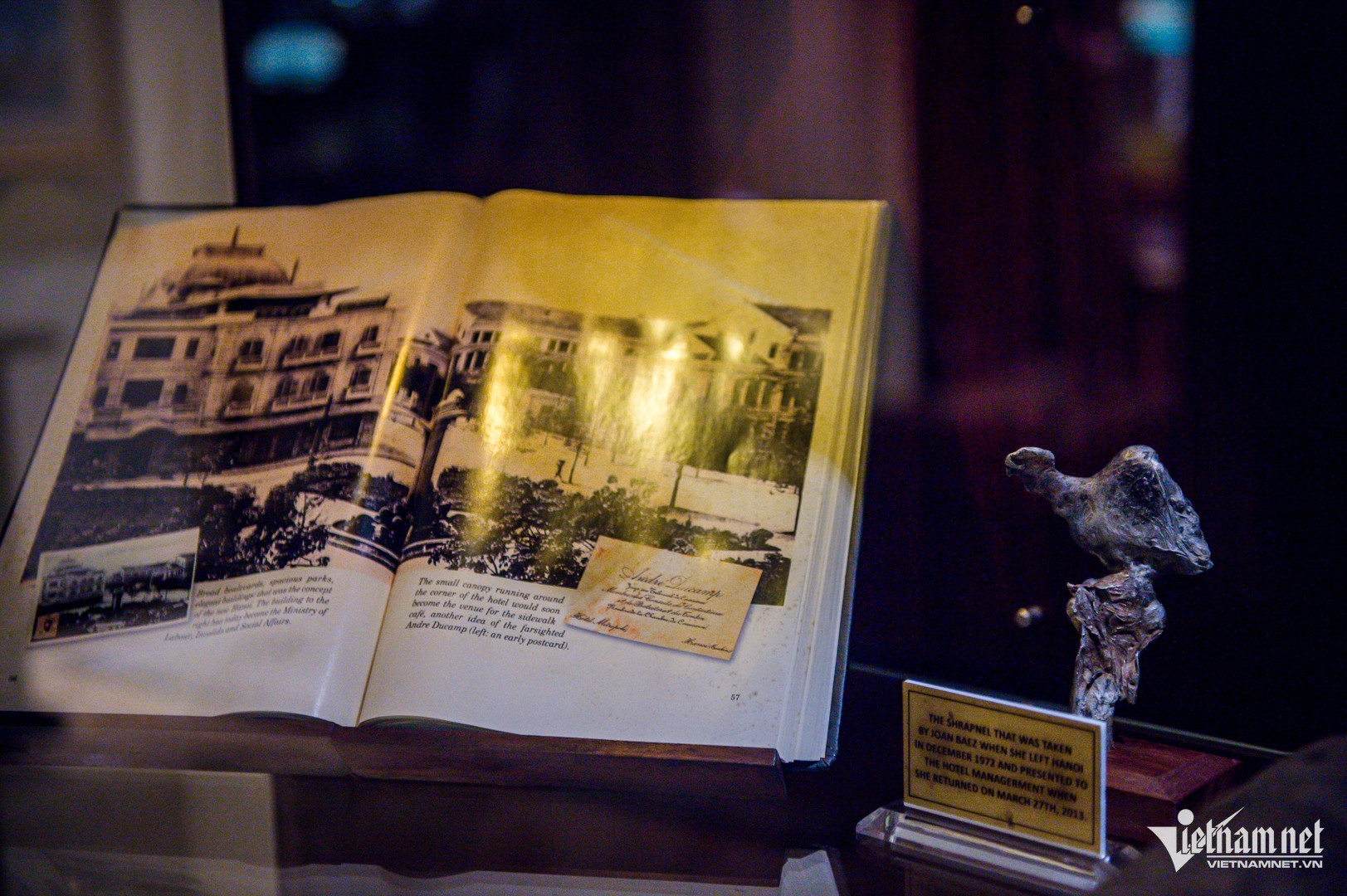
During her 13-day stay in Hanoi, Baez endured 11 nights of bombings. She witnessed the devastation at Kham Thien Street, the grief of mothers who lost their children, and the heartbreaking destruction caused by war. Beyond recording the sights, Baez also captured the sounds of Hanoi under siege, weaving them into her album Where Are You Now, My Son?, hoping the world would understand the true horrors of war.
In 2013, upon returning to the shelter, Baez touched the concrete walls, closed her eyes to reflect, and sang Oh Freedom, a traditional African-American spiritual, leaving an indelible memory for those present.
Recently, the hotel also welcomed Uzaki Makoto, a former journalist from Japan’s Nihon Denpa News (NDN), who stayed at the Metropole from 1971 to 1974, covering the Vietnam War. Uzaki revisited the shelter where he once sought refuge alongside Joan Baez during Hanoi’s air raids.
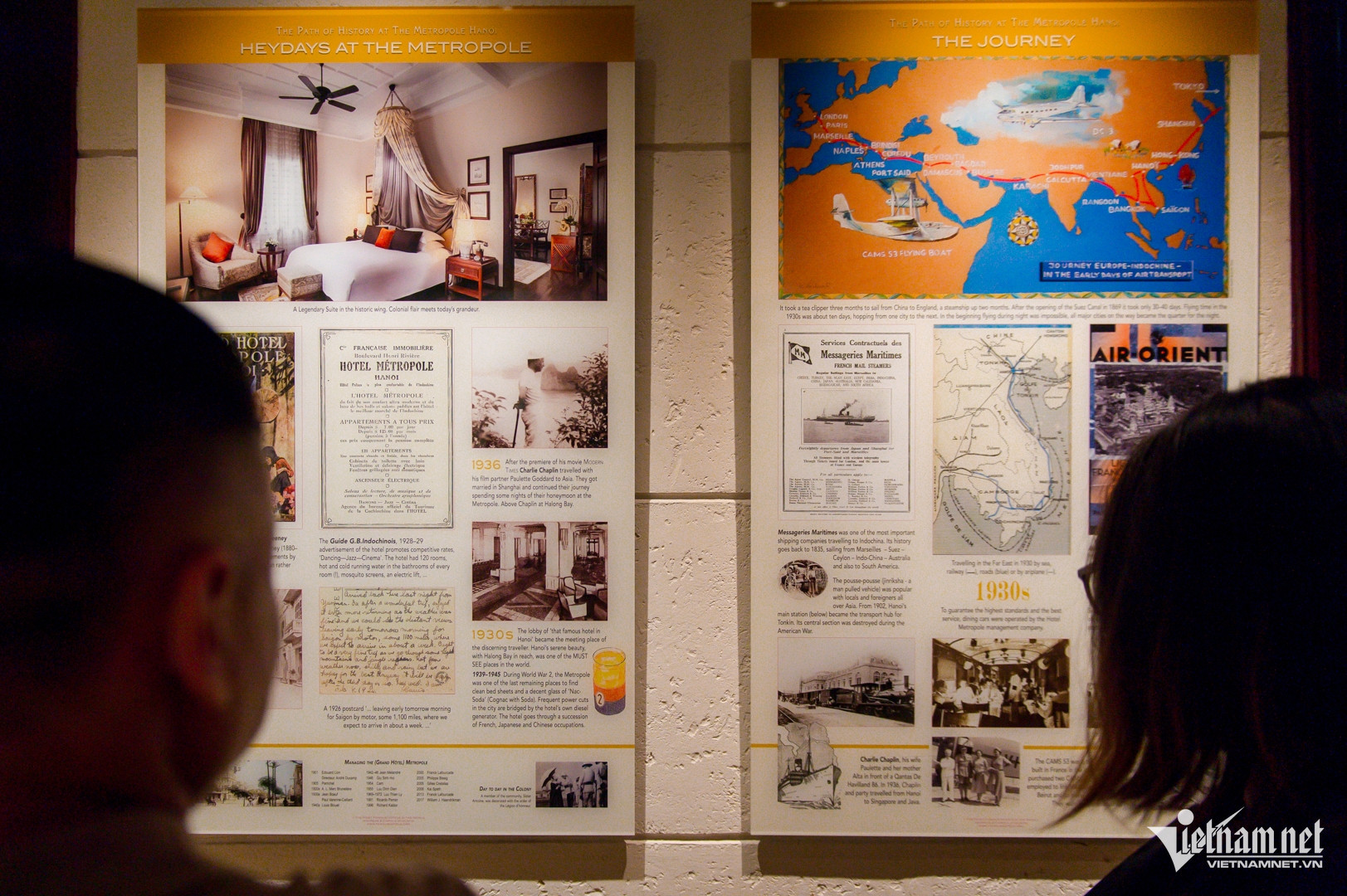
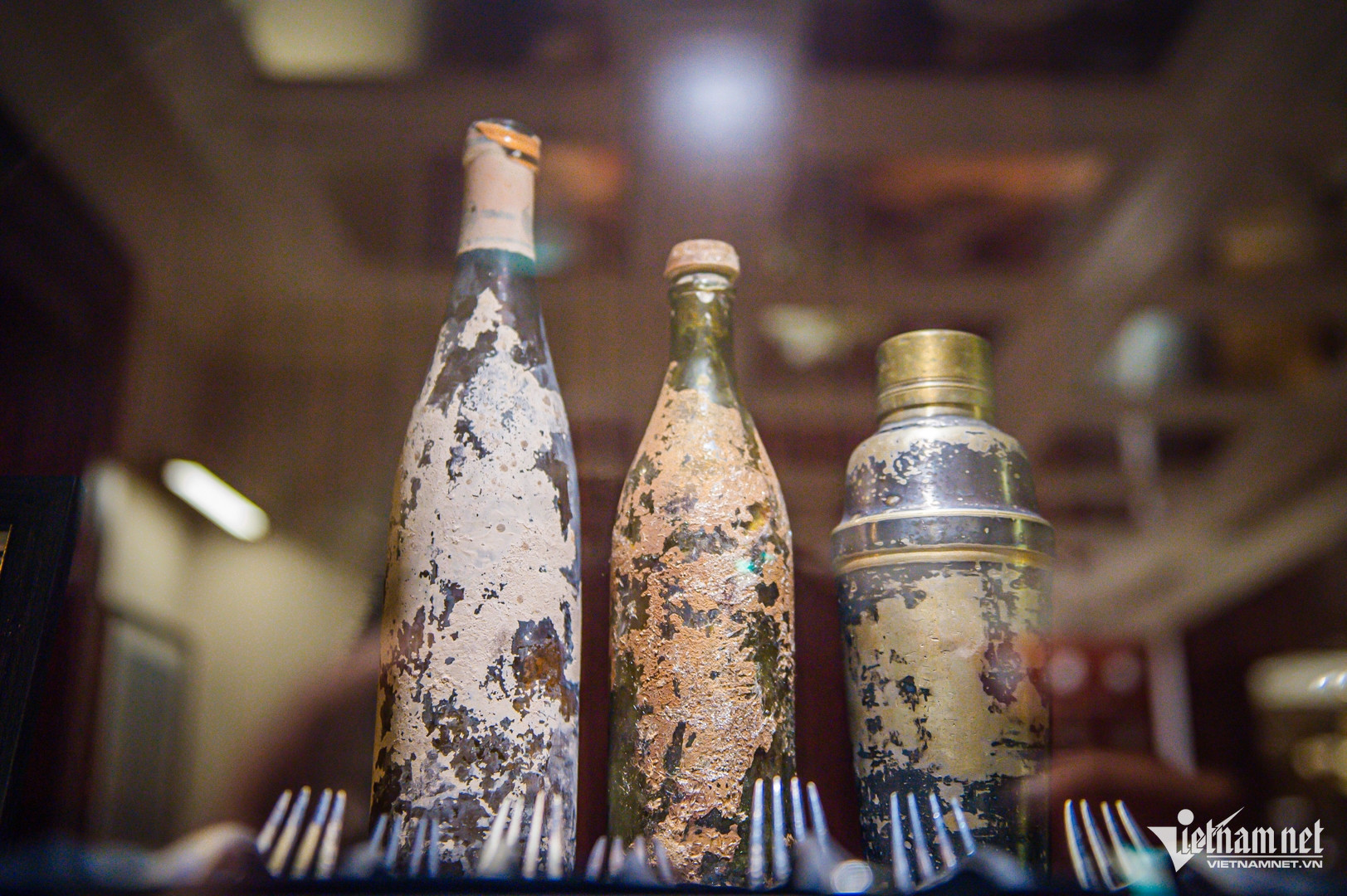
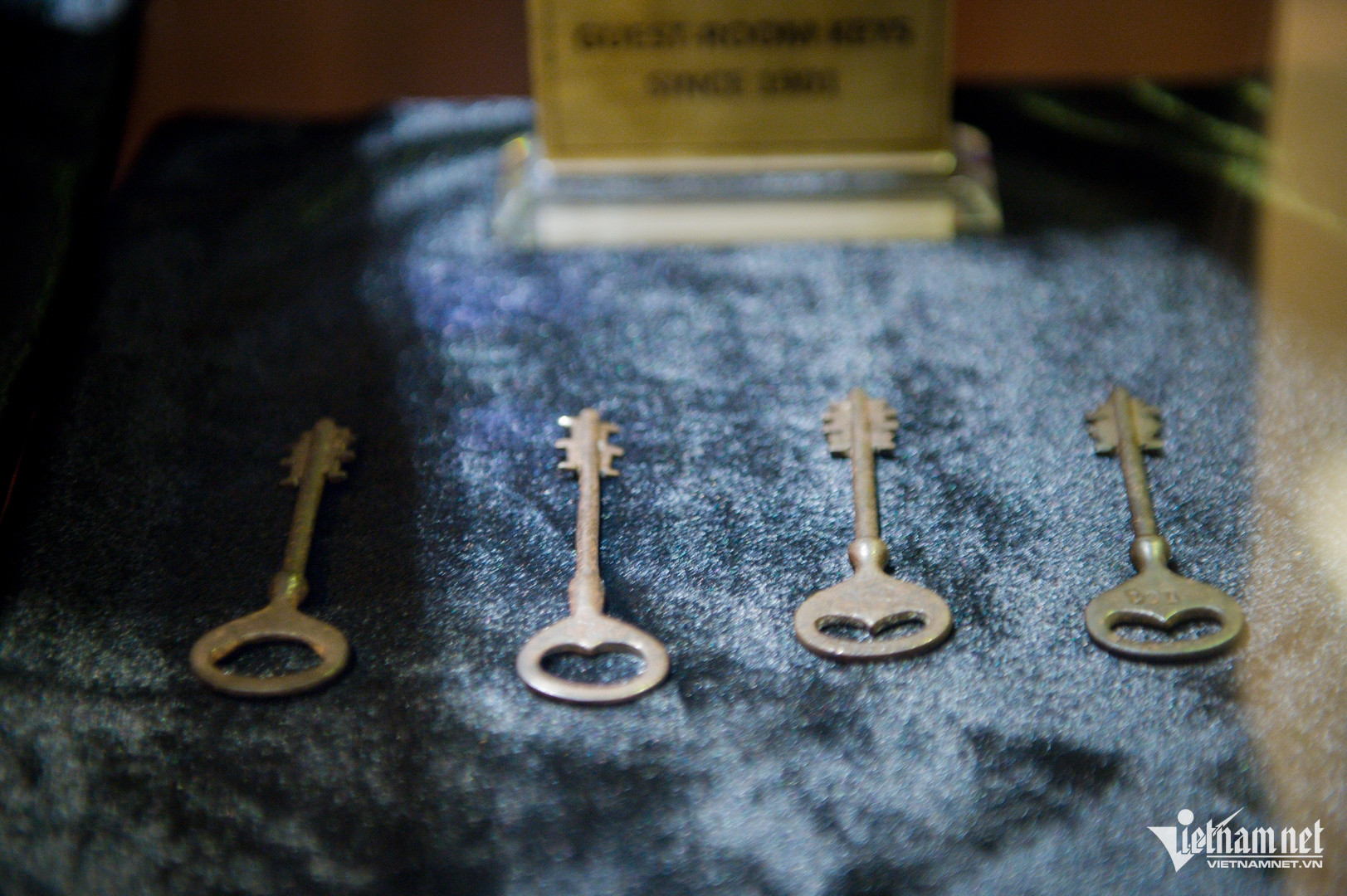
In 2013, the shelter received an honorary award for cultural heritage preservation. The judging panel praised the hotel's efforts to protect and restore the long-forgotten bomb shelter.
Artifacts discovered within the shelter are now carefully preserved and displayed in the hotel’s main lobby. Additionally, historical records of famous guests and world leaders who once stayed at the Metropole are also maintained for posterity.
Linh Trang - The Son